Physical Therapy in Huntington
Let our team help you heal naturally
Most patients feel relief after their first session!




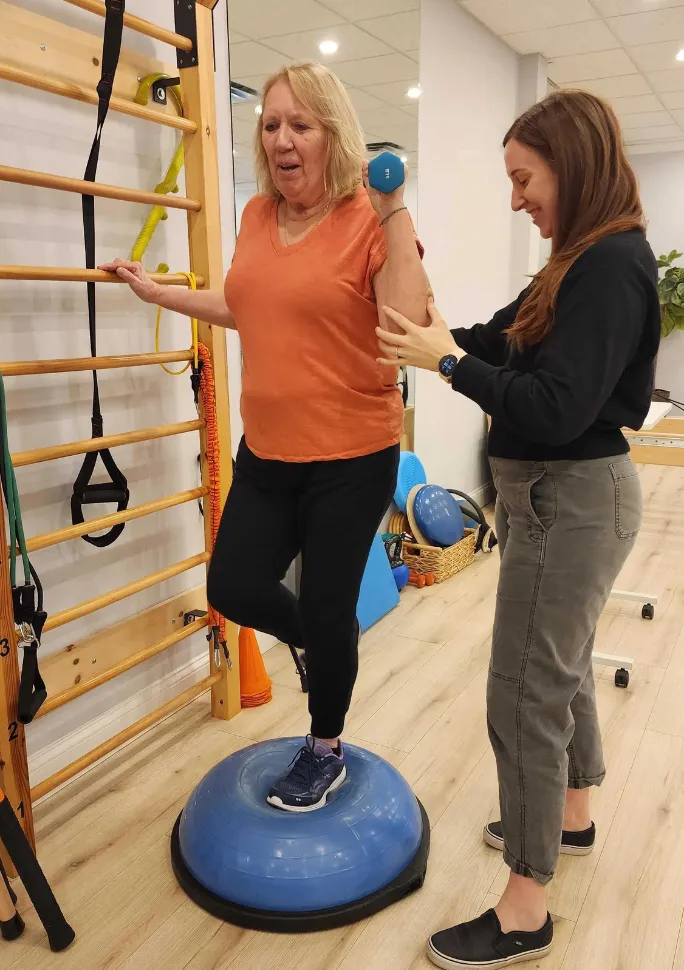
Top Rated Physical Therapists in Huntington
Top Rated Physical Therapists in Huntington
If you are visiting our website, it is likely because you are suffering from some sort of pain or injury that is starting to cause problems, or annoyances in your daily life OR you are just an extremely health-conscious person and you are realizing that there are some imbalances in your body and would like EXPERT advice on how to rid yourself of these imbalances for good OR you’ve just had surgery and are looking to become better than you were before!
We are expertly trained in helping people with anything from daily aches and pains, frequent falls due to balance issues secondary to arthritis, people with chronic pain, the regular yogi, or the high-level athlete.

Personalized Care from Our Team
The mission of our team is to provide you with natural, proven solutions to your pain or injury without having to rely on unnecessary surgery. We have helped thousands of people like yourself stay active, healthy, and mobile through the use of expert biomechanical analysis of movement, strength & flexibility testing, and gait analysis. We have a lot to offer: Hands-on Physical Therapy, massage, yoga (one-on-one and group) and Pilates on the reformer!

Our Proven 4-Phase Recovery Program
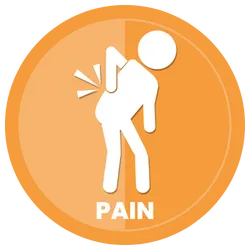
It can be frustrating and overwhelming when you’re in pain and don’t know where to turn for help. Our physical therapy experts will work with you one-on-one to identify the root cause of your pain and create a personalized treatment plan that will reduce your pain quickly. We’ll also provide you with helpful resources like exercises and pain reduction tips so you can continue to progress even after leaving our clinic. On average our patients see a significant reduction in pain in 6 visits or less.
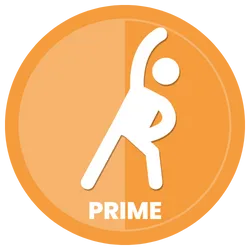
We all know that reducing pain is important, but sometimes it’s hard to stay motivated after the initial relief. It can be tough to keep up the momentum after your pain has subsided. You may feel like you’re stuck in a rut and don’t know how to get moving again. During Phase II, we help you regain your mobility, flexibility, and strength so you can continue on your path to success. With our help, you’ll be primed for future performance and able to prevent injury.
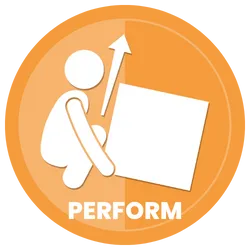
You’ve been sidelined by an injury and you’re eager to get back to your old self as soon as possible. It’s frustrating when you’re injured and can’t do the things you love. Sitting on the sidelines is hard, especially when everyone else seems to be moving on without you. That’s where our physical therapists come in. We’ll help you rehab your injury so that you can get back to your old self as quickly as possible. With our personalized treatment plans and experienced therapists, we’ll have you feeling like yourself again in no time.
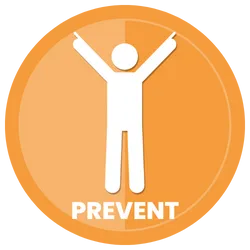
You’ve just suffered an injury and the last thing you want to do is go through the pain again. It’s normal to feel concerned that the injury will occur again. In fact, most people worry about this very thing. That’s why our physical therapists make sure that you are equipped with the tools needed to prevent any future injury. We’ll help you recover quickly and safely so that you can get back to your life as soon as possible.
Success Stories & Testimonials
Meet Our Team
Dr. Shaden Ghattas
OWNER, PHYSICAL THERAPIST
Sophia Brogna
PRACTICE MANAGER
Dr. Nathaniel Mailloux
PHYSICAL THERAPIST
Treatments
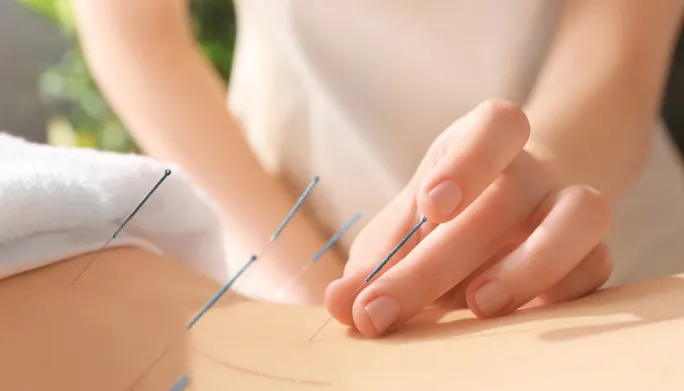
Acupuncture
At Universus Physical Therapy we specialize in the alleviation of chronic pain. Chronic pain can affect your daily life and make work, activities, and even travel difficult.

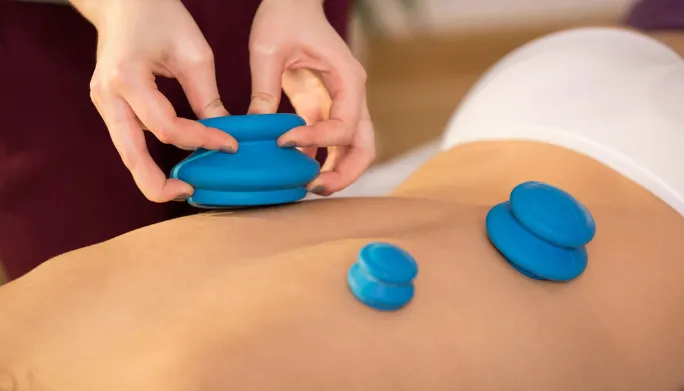
Cupping
Cupping is not a new therapy although it had a recent surge in popularity as high profile athletes have been seen with the characteristic large red dots on their skin during sporting events.
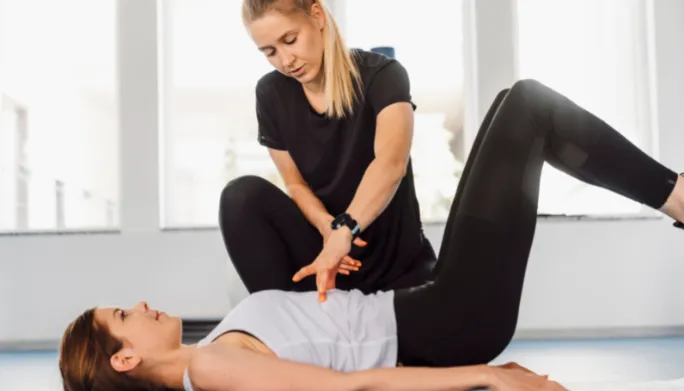
Fitness Training
We offer personal training and small group sessions that push you to work towards your goals with a like-minded group with no judgment or intimidation. Our trainers ensure you are given 100% of their attention.

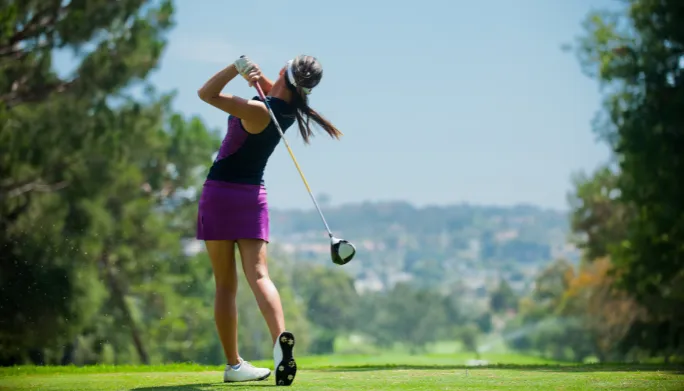
Golf Injuries
As a golfer, regardless of whether you’re just starting out or have been playing for years, we understand that the sport of golf can become an integral part of your life. When an injury threatens to keep you off the course..

Health Coaching
At Universus PT, we have partnered with Health and Wellness coaches to provide you with up to date nutritional advice and guidance in order to optimize your healing experience.

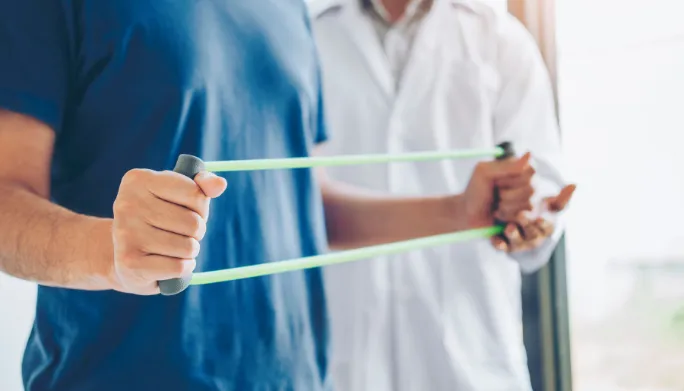
Orthopedic Therapy
Orthopedic physical therapy is a specialized field of physical therapy that focuses on the treatment of musculoskeletal injuries and conditions. Orthopedic physical therapists work with individuals.
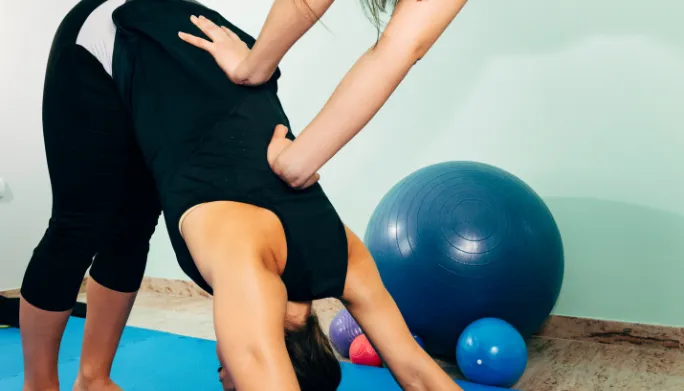
Pelvic Floor Therapy
Pelvic floor physical therapy addresses pain, weakness, or dysfunction in the pelvic floor muscles. These muscles function well and allow blood to flow to connective tissue and muscle tissue.

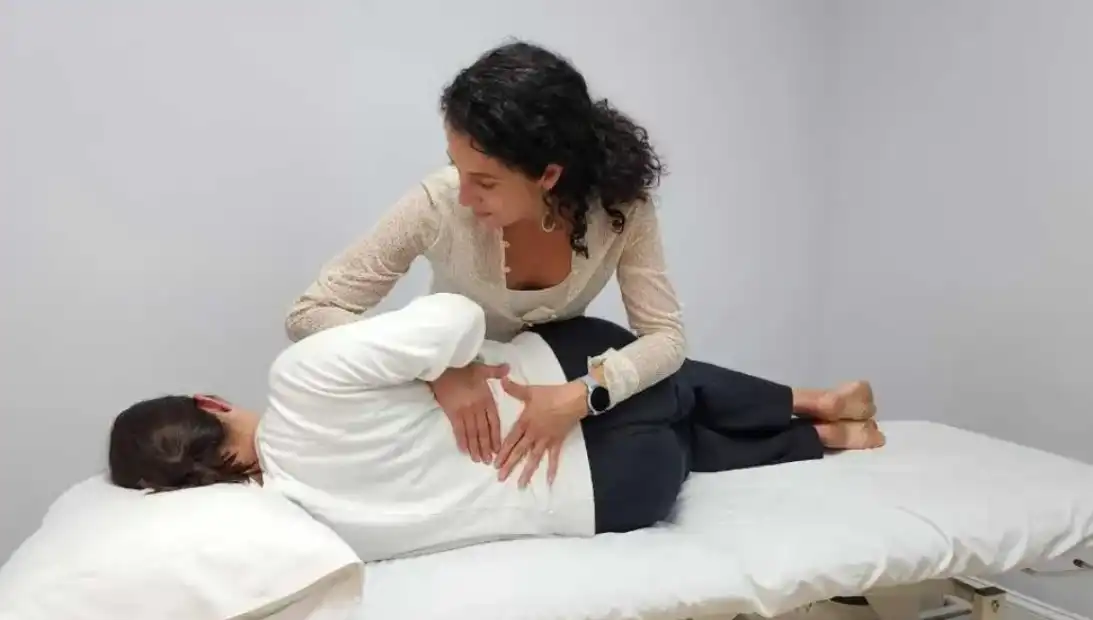
Physical Therapy
Physical therapy is a great first-line treatment for most muscle and joint problems. Clinically proven to reduce pain and dysfunction, physical therapy also saves you time and money too.

Telehealth Therapy
It’s really simple! It is just like a standard visit except we aren’t physically there. Instead, you get to see and talk to us on your phone or computer screen from a location that is convenient to you.


Yoga
Most people think of yoga as a stand alone exercise routine and they would rather do weight lifting or running, something that gets their heart rate up. Many people say yoga seems boring and slow.
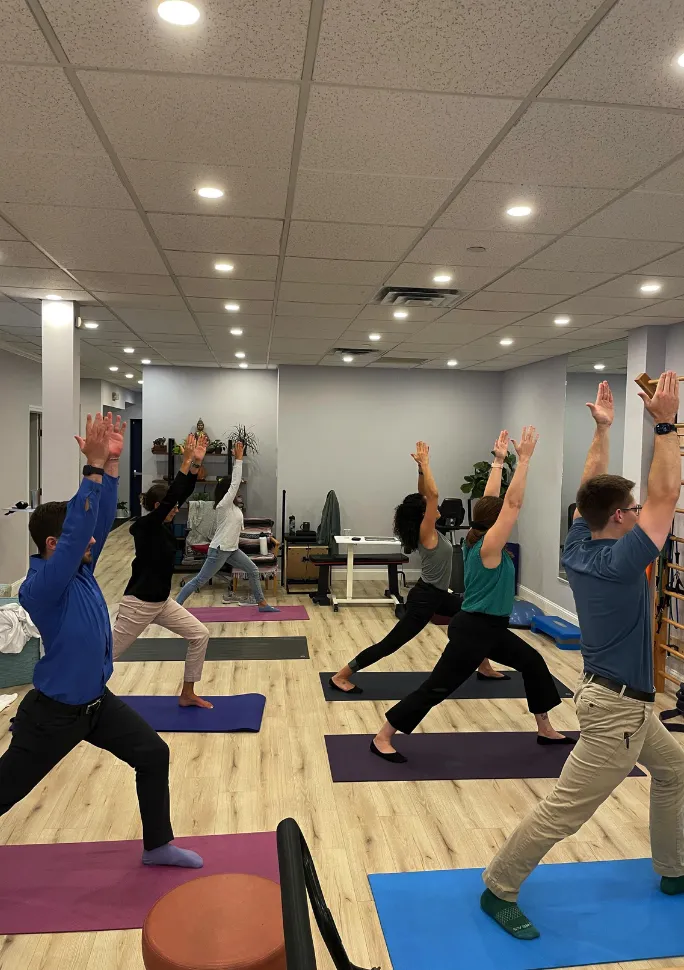
Live Pain Free in Huntington
Our team understands that you want to live an active lifestyle that is comfortable and capable. Your body must work in order to achieve that. You are experiencing pain, injury or weakness, which can make you feel confused and frustrated.
We believe that you deserve a body that is fully functional. We know what it is like to be injured, which has led to our success in helping thousands of people get back to their active lives.
This is how we do it:
- Tell us your story
- Get your customized plan.
- Start feeling better.
- Conquer your goals.
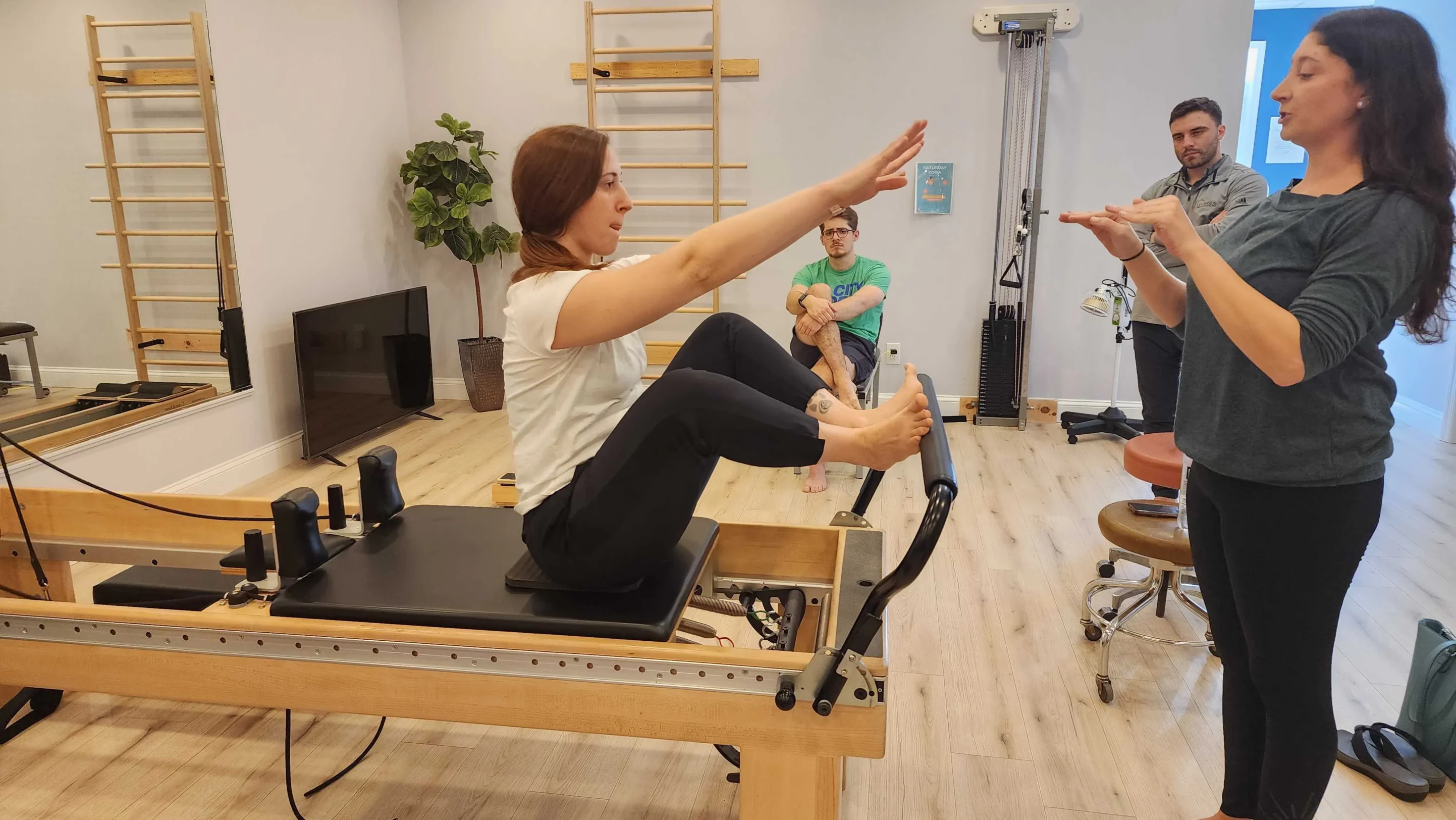
Our Physical Therapy Programs
At our practice, we specialize in pelvic floor physical therapy and helping you achieve lasting relief from pelvic pain, sexual dysfunction, urinary and bowel conditions, orthopedic pelvic pain, and pre- and post-natal conditions.
Our highly trained and licensed physical therapists are committed to providing personalized treatment plans and education to help you understand how to care for your body and prevent future injuries. We offer several treatment options and are here to support you every step of the way. Let us help you on your path to optimal health and wellness.

Frequently Asked Questions
What should I expect during physical therapy sessions?
Physical therapy sessions typically involve an assessment of your condition, manual techniques to improve mobility and flexibility, individualized exercises and activities to help you reach your goals, education on how to prevent further injury or pain, and instruction on proper posture, body mechanics and other lifestyle changes.
Do I need a referral from my doctor before attending Physical Therapy?
It depends on what health insurance plan you have and the state in which you live! In some states, direct access laws allow patients to be seen without a physician referral. Check with your health insurance company and local physical therapy clinics before scheduling an appointment.
What do I need to wear or bring with me?
You should dress in comfortable, loose clothing that allows you to move easily and doesn’t restrict circulation. Depending on your condition, your physical therapist may also recommend special shoes or a brace. You should also bring any paperwork related to your medical history, including x-rays, ultrasounds, and doctor’s notes.
Is there anything I can do before my appointment to prepare?
Yes! Make sure you arrive for your session well-rested so that you can give it your full attention and energy. It is also helpful if you keep track of how much pain medication (if any) you take prior to the appointment so that the physical therapist can adjust the intensity of treatment accordingly.
How long will my physical therapy sessions last?
Sessions typically last 30-60 minutes depending on your condition and the types of techniques used. Your physical therapist will give you an estimate when you first arrive for your appointment.
Are there any exercises I can do at home between appointments to help improve my condition?
Yes! Your physical therapist may provide specific exercise recommendations for you to try in between visits, which will help speed up your recovery and progress faster toward reaching your goals. It’s important to follow these carefully and always check with your PT before starting a new exercise program if you have any questions or concerns.
What if I have questions after my physical therapy session?
Your physical therapist should be available to answer any questions or concerns you may have about your treatment plan before and after each visit. You can also contact the clinic directly for further assistance. We want you to get the most out of every session!
Will insurance cover my physical therapy?
It depends on your insurance plan. Most plans cover some or all of the costs associated with physical therapy, but you should check with your provider to determine coverage and any associated fees.
How often will I need to attend physical therapy sessions?
The frequency of visits will depend on your individual goals and condition, but typically it is recommended that patients attend 2-3 times per week for a minimum of 4-6 weeks in order to maximize results. Your therapist will provide more details during your initial appointment.
How long will it take for me to see results?
Every person’s situation is unique; therefore the amount of time needed to reach goals varies. With commitment and dedication from both you and your physical therapist, you can expect to start seeing results within a few weeks. The more positive lifestyle changes you make, the faster your progress will be!
Will my physical therapist be able to answer any questions I have about my condition?
Yes! Your physical therapist should be available to discuss any concerns or questions you have regarding your condition or treatment plan. Don’t hesitate to bring up any issues that may arise during the course of therapy.
What if I feel too much pain during a session?
If at any time during your physical therapy session you experience increased pain, it’s important to let your therapist know so they can adjust the intensity or technique as necessary. Your therapist will work with you to make sure that treatment is comfortable and effective for you
How will I know when I no longer need physical therapy?
Your physical therapist should be able to provide guidance on when it is appropriate to stop attending physical therapy sessions based on your progress, goals, and overall health status. It’s important to listen to your therapist and continue with treatment until they feel you are ready to move on.

